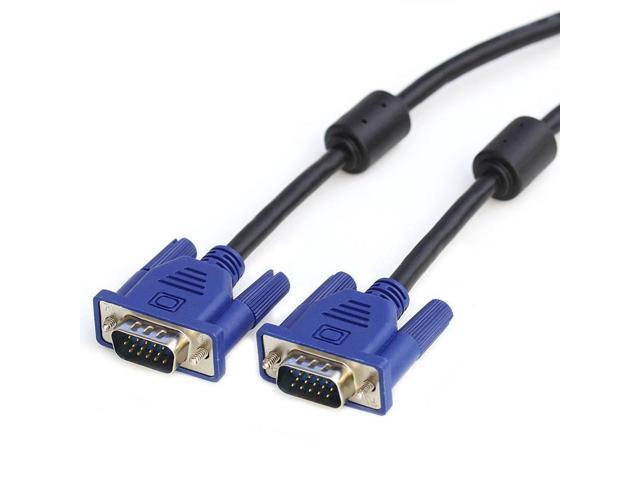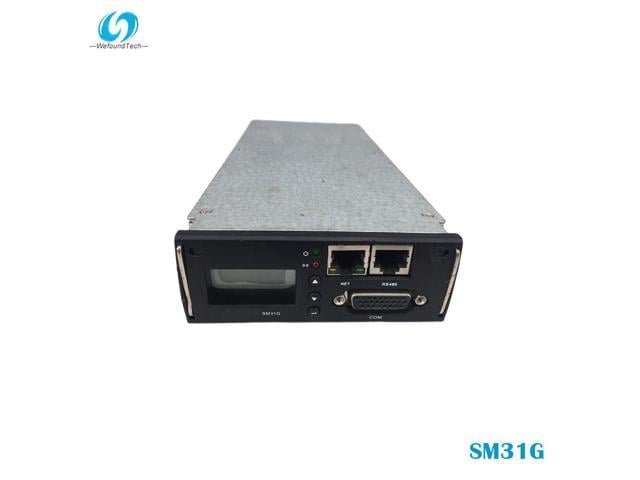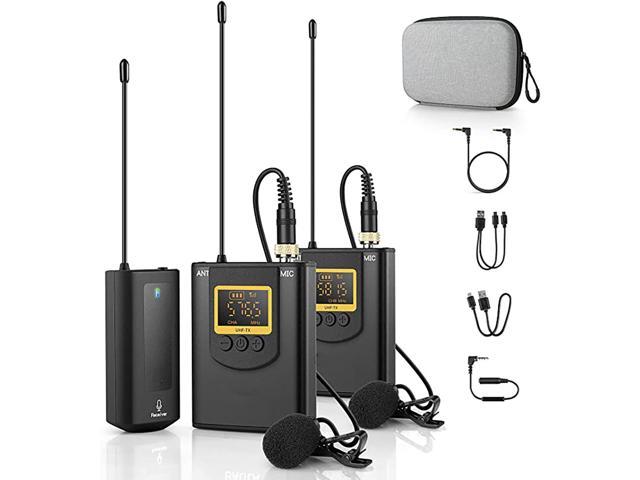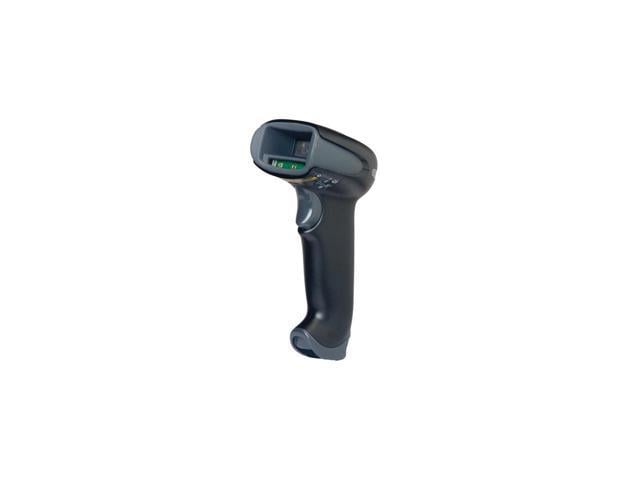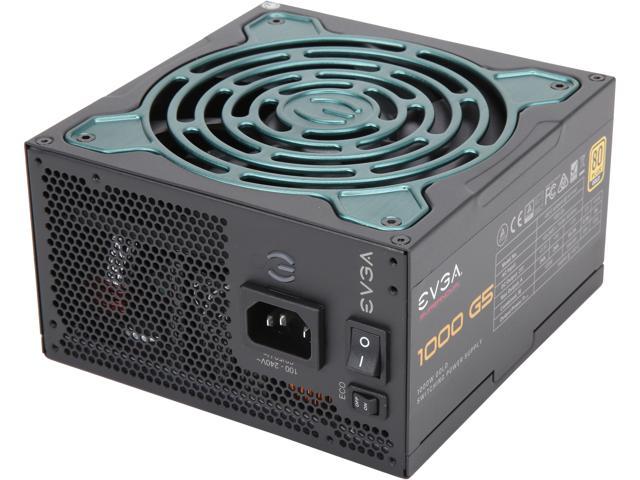The market of wearable wireless medical sensors is experiencing a rapid growth and the associated telecommunications services for the healthcare sector are forecast to further increase in the next years. Medical body area networks (MBANs) allow the mobility of patients and medical personnel by facilitating the remote monitoring of patients suffering from chronic or risky diseases. Currently, MBANs are being introduced in unlicensed frequency bands, where the risk of mutual interference with other electronic devices radiating in the same band can be high. Thus, coexistence is an issue on which the research scientists have dedicated much effort. Ultra wideband (UWB) signals offer many advantages to MBANs, and some features of this technology can be exploited for effective implementation of services. UWB can help in several aspects, like spectrum efficiency, energy consumption and coexistence. This book discusses the main aspects, and, in particular, the coexistence, of MBANs based on the IEEE 802.15.6 Standard using UWB physical layer.
- A exhaustive description of body area networks using IEEE802.15.4 technologies, providing an in-depth understanding of how the overall system works
- Provides understanding and insight on the use of ultra wide band technologies for the physical layer of body area networks; low power consumption and coexistence are investigated
- Includes services, methodologies and results related to link-level and system-level evaluations of body area networks






